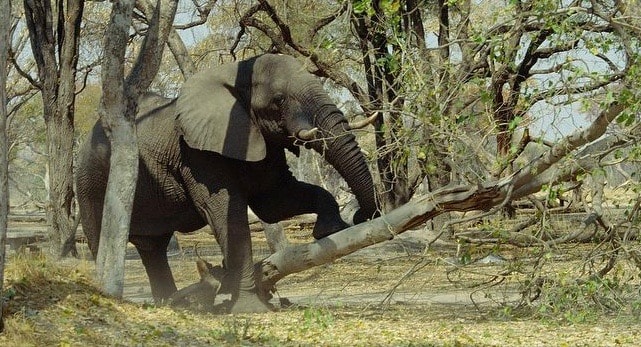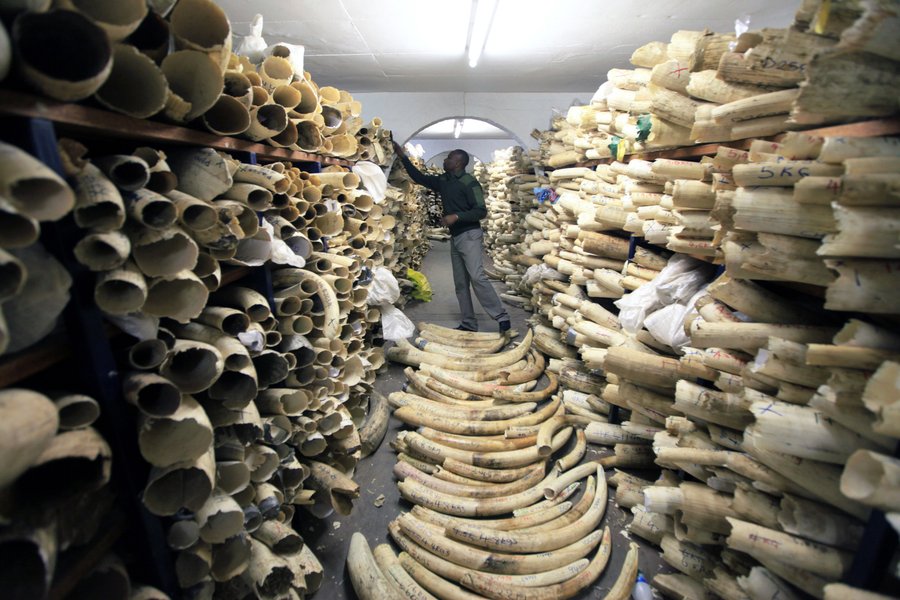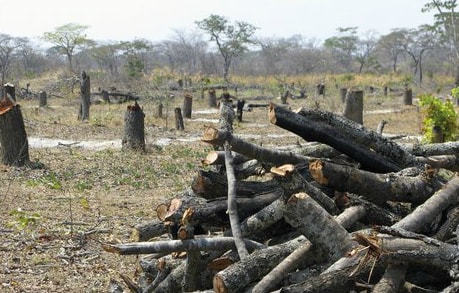The Silent Massacre

Written by Bill Toone, ECOLIFE Executive Director 
The news this week tells us of a landmark study showing that the population of African elephants has declined more than 30% in just the last decade. Headlines shout that “Elephants Are Probably Going Extinct,” and the accompanying photos of dead animals and sawn tusks are heartbreaking.
It is estimated that in the 1930’s the elephant population in Africa was somewhere between 3 and 5 million animals. Today there are likely fewer than 400,000 elephants. This new survey states that 100,000 elephants have been killed over the last three years by poachers.
I have no doubt that poaching will be the final nail in the coffin for the elephant and the rhinoceros; but it is important to understand how they got into the coffin in the first place. 
The normal growth rate for a secure elephant population hovers around 4%. That means a population of 3 million animals might grow at an annual rate of 120,000 new animals each year. If we could assume that poaching rates cited above were consistent over time, you could see where the population could tolerate a loss of 30,000 animals a year and even continue to grow.
Quick math will tell you we are still missing a lot of elephants… that more elephants have disappeared than could be accounted for by poaching rates. That’s because most of the mortality since the 1930’s cannot be attributed to poaching. This is the massacre that no one hears about. The one no one cries about, the one we don’t see in photos, the one that no one does anything about… habitat loss.
There is less space than ever for the African elephant and THIS is the heart of their problem. Kenya has lost more than 85% of their elephant population and yet national parks in Kenya from Amboseli to the Masai Mara are being devastated by the destructive herds of elephants. More elephants and less space is the recipe for extinction.
Habitat loss is being driven at ever increasing rates by an exponentially growing human population. As a result of this population growth,  the single largest cause of habitat loss is expanding rural agriculture, closely followed by the harvest of wood for fuel, mostly charcoal.
the single largest cause of habitat loss is expanding rural agriculture, closely followed by the harvest of wood for fuel, mostly charcoal.
So, while I am often at a loss to concisely explain why ECOLIFE Conservation focuses on sustainable agriculture and fuel-efficient stoves… today I can tell you simply that we do it to save places for us and our fellow creatures – animals like elephants.